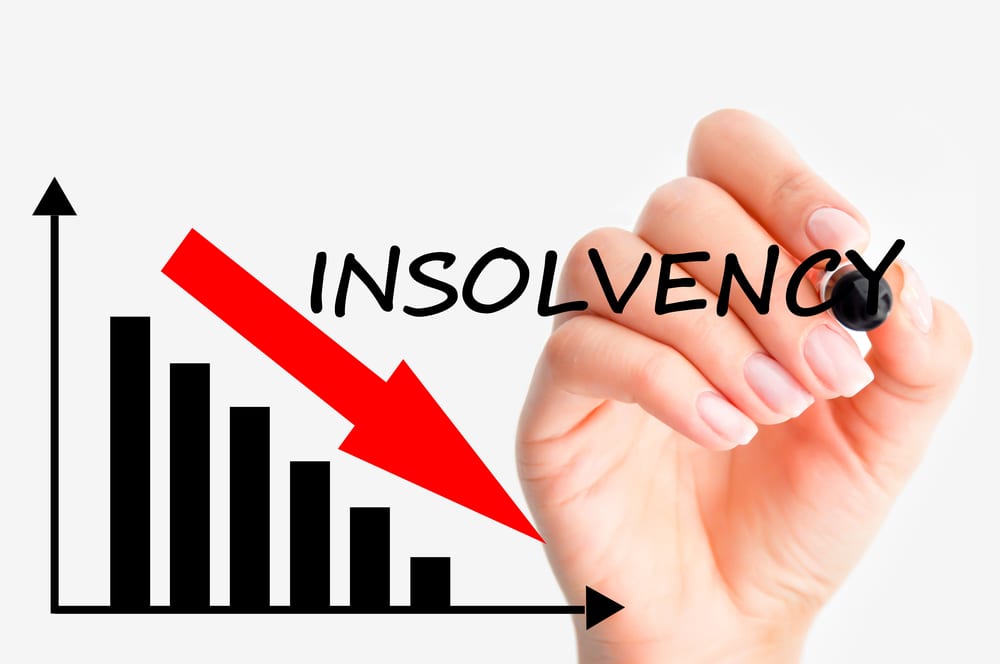A lot of the help out there is for Limited companies or for individuals in financial difficulty. What happens though if your business is not within a company and it is not personal but partnership debt you are concerned about? Who can be turned to for help? Perhaps you are a partnership where the partners are concerned about increasing tax arrears or inability to meet debts as they fall due? How do you save the business? Could you use a Company Voluntary Arrangement?
Why are partnerships different?
Dealing with partnerships is different in a number of ways than dealing with Limited companies. As well as the partnership itself, partners also need to bear in mind their own personal liability, if a partnership were to fail. Partners do not have the protection of limited liability as directors of companies do and therefore any debts not paid in the partnership become the personal debts of the partners.
When thinking about partnerships it is important to focus on both the recovery for creditors and protecting the personal financial position of the partners. The worst outcome could well be that the partnership fails, the partners are unable to pay the debts back in full, resulting in their bankruptcy and therefore creditors get very little, if anything.
What is a CVA?
So what is the answer when partnerships face these financial pressures? The initial view would be that partnerships cannot propose company voluntary arrangements. In order to understand the issues of partnerships proposing CVAs, the first question to consider is what is a Company Voluntary Arrangement (CVA)?
A CVA is an agreement between the company and its creditors for the debts of the company to be paid either over time, at a reduced amount (with the balance written off) or both. It is a legally binding agreement between the company and its creditors. As we were discussing a partnership here, not a limited company, a ‘Company’ VA cannot be proposed.
How about a PVA?
So could the answer to all of this be a Partnership Voluntary Arrangement (PVA)? A PVA could be used in a very similar way to a CVA. In this case the partnership puts forward its proposals to the creditors. As well as seeing a return from the business itself, perhaps through a monthly contribution, the creditors may also want to see the partners making a payment to the pot. This need not be a significant sum, but it shows the creditors that the partners are not simply walking away from the shortfall they may owe.
What should be included in a PVA?
If a PVA is to be proposed then it is vitally important that the future viability of the business can be shown. The partners must also be determined to make the partnership successful and in turn profitable. This must be evident when presenting a detailed business plan including financial forecasts when the PVA is presented. Only after all these aspects have been fully explored and a suitable sum to pay to creditors can be determined, will a PVA be deemed suitable for the recovery and future survival of the business.
PVA proposals will be drafted and will include factual information of the reason behind the failing of the business and the planned schedule to repay the creditors. A statement of affairs must be included as this will demonstrate to creditors what they would receive through the PVA compared to winding it up and possible bankruptcy.
What next?
The proposals are then considered by the creditors at a meeting. A well planned PVA would have been circulated to the major creditors in advance to ensure that they would be willing to support it. At the meeting creditors consider the proposals, make modifications and hopefully accept the PVA.
Typically a successful PVA will run for around 3 – 5 years with creditors receiving a specified sum in full recovery of their debts, with the balance written off. The partnership is free to continue to grow the business without being bogged down by spiralling debts and creditors receive more than a simple winding up, the result, a win win situation for the creditors, the partnership and the partners.
If your partnership is in financial difficulty it is strongly recommended that you seek professional advice to help protect yourself and your business.
Images: ”Business Insolvency/ Shutterstock.com“
__________________________________________________________________________________
 Connect with Tweak Your Biz:
Connect with Tweak Your Biz:
Would you like to write for Tweak Your Biz?
Tweak Your Biz is an international, business advice community and online publication. Today it is read by over 140,000 business people each month (unique visitors, Google Analytics, December, 2013). See our review of 2013 for more information.
An outstanding title can increase tweets, Facebook Likes, and visitor traffic by 50% or more. Generate great titles for your articles and blog posts with the Tweak Your Biz Title Generator.


 Connect with Tweak Your Biz:
Connect with Tweak Your Biz:
